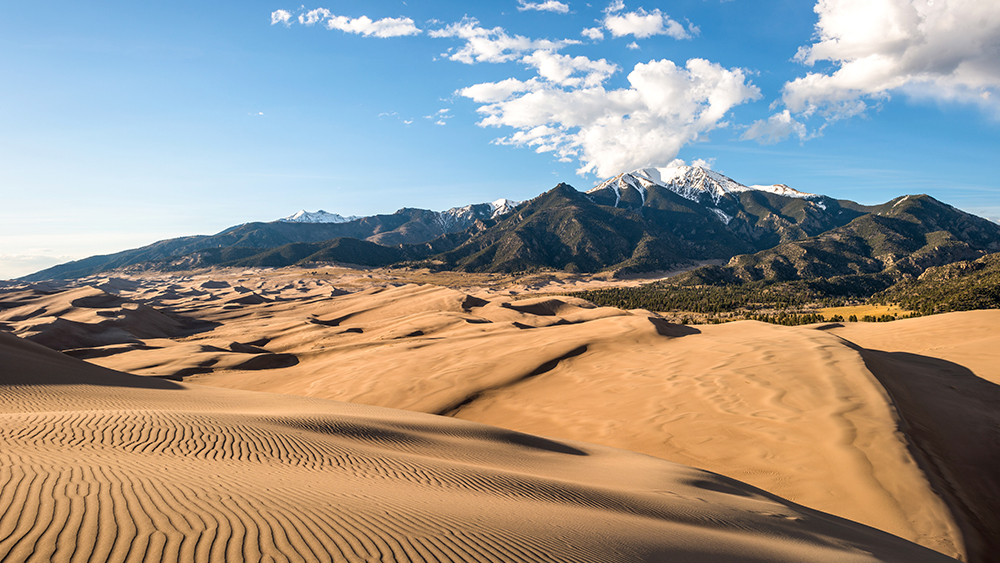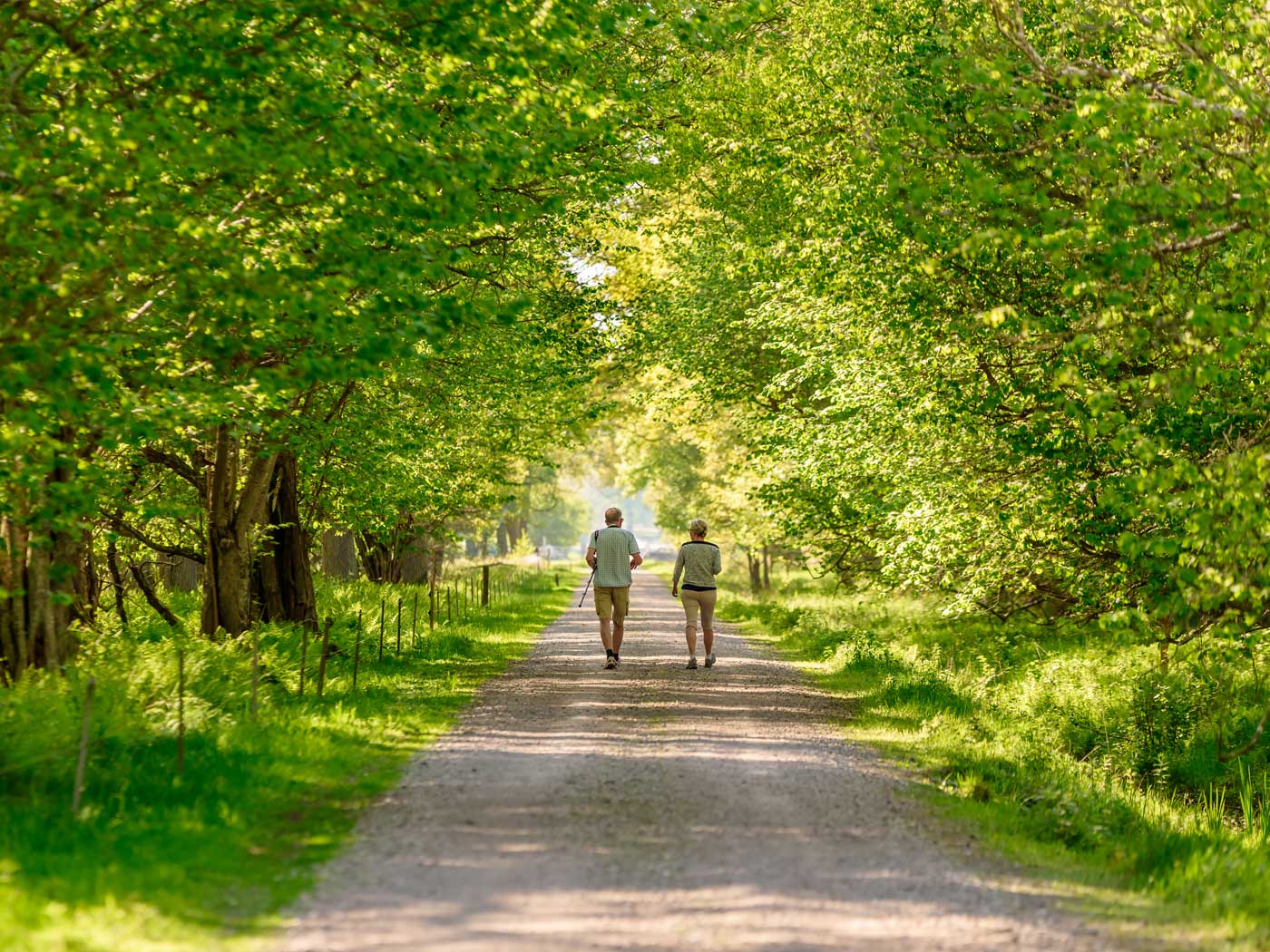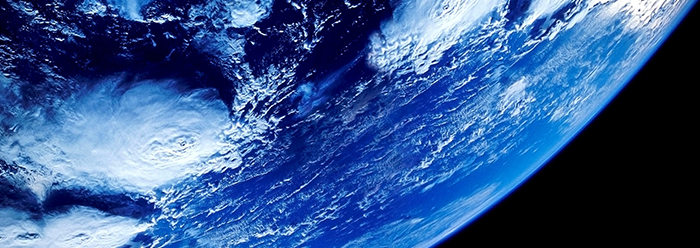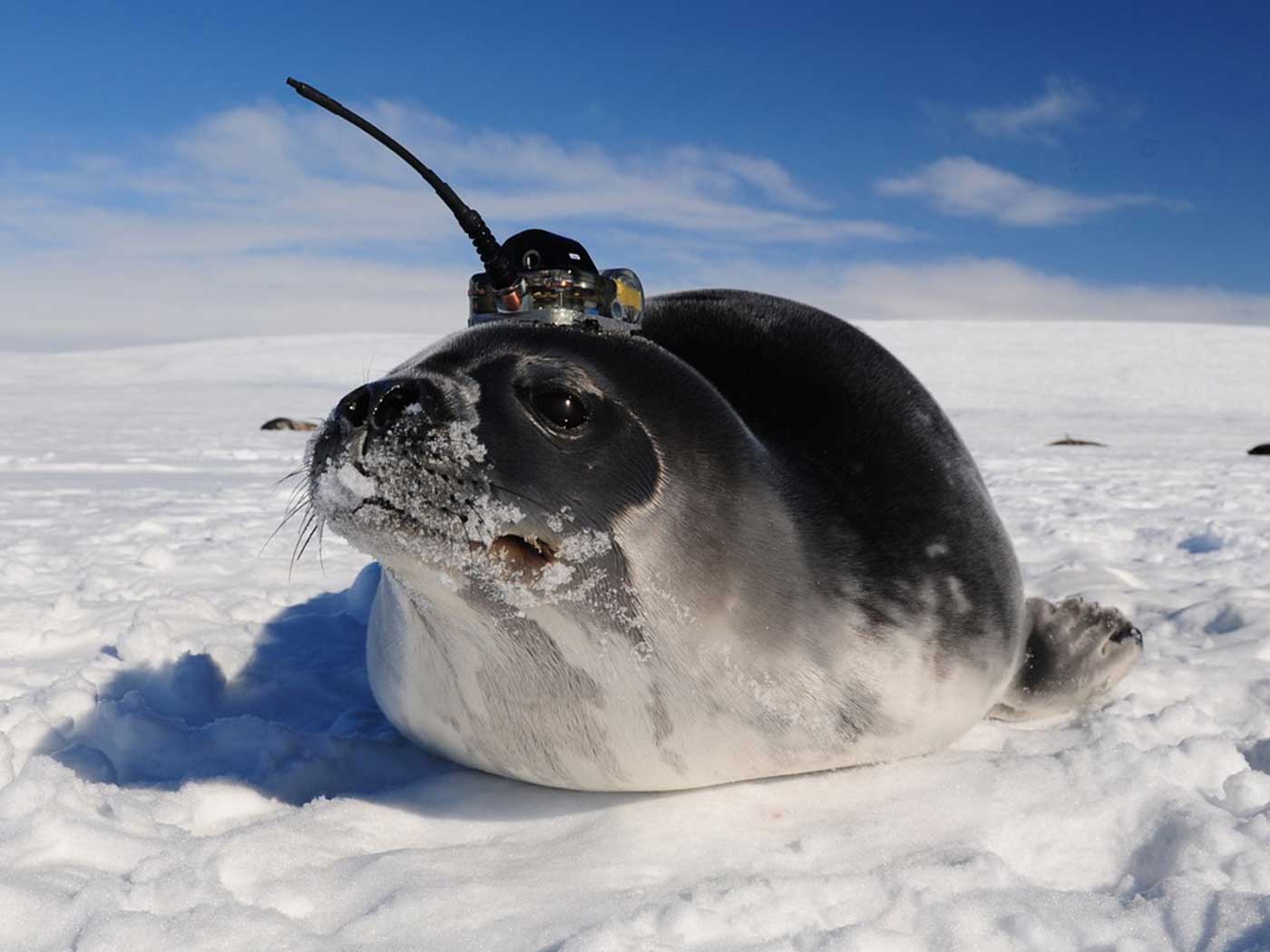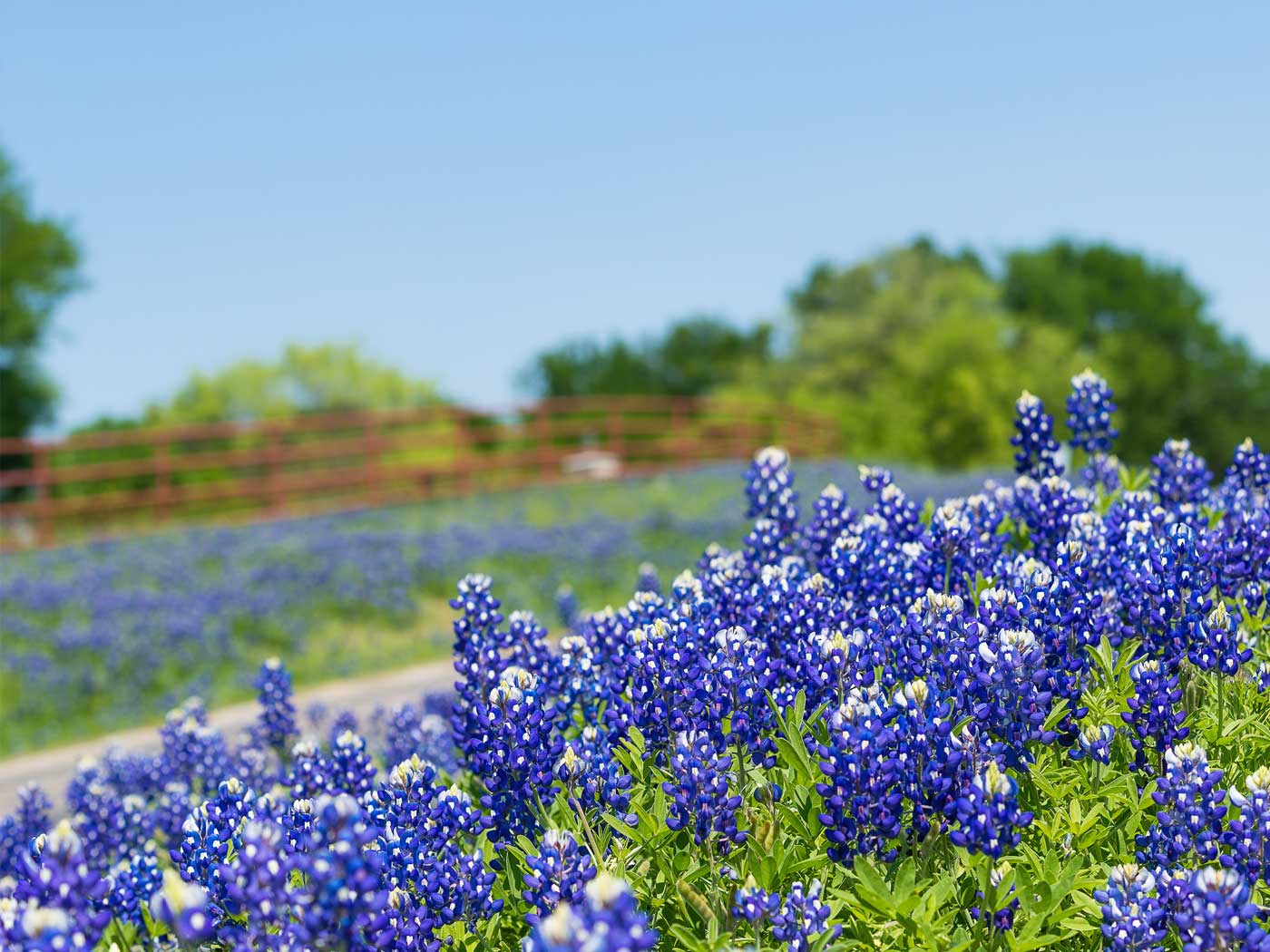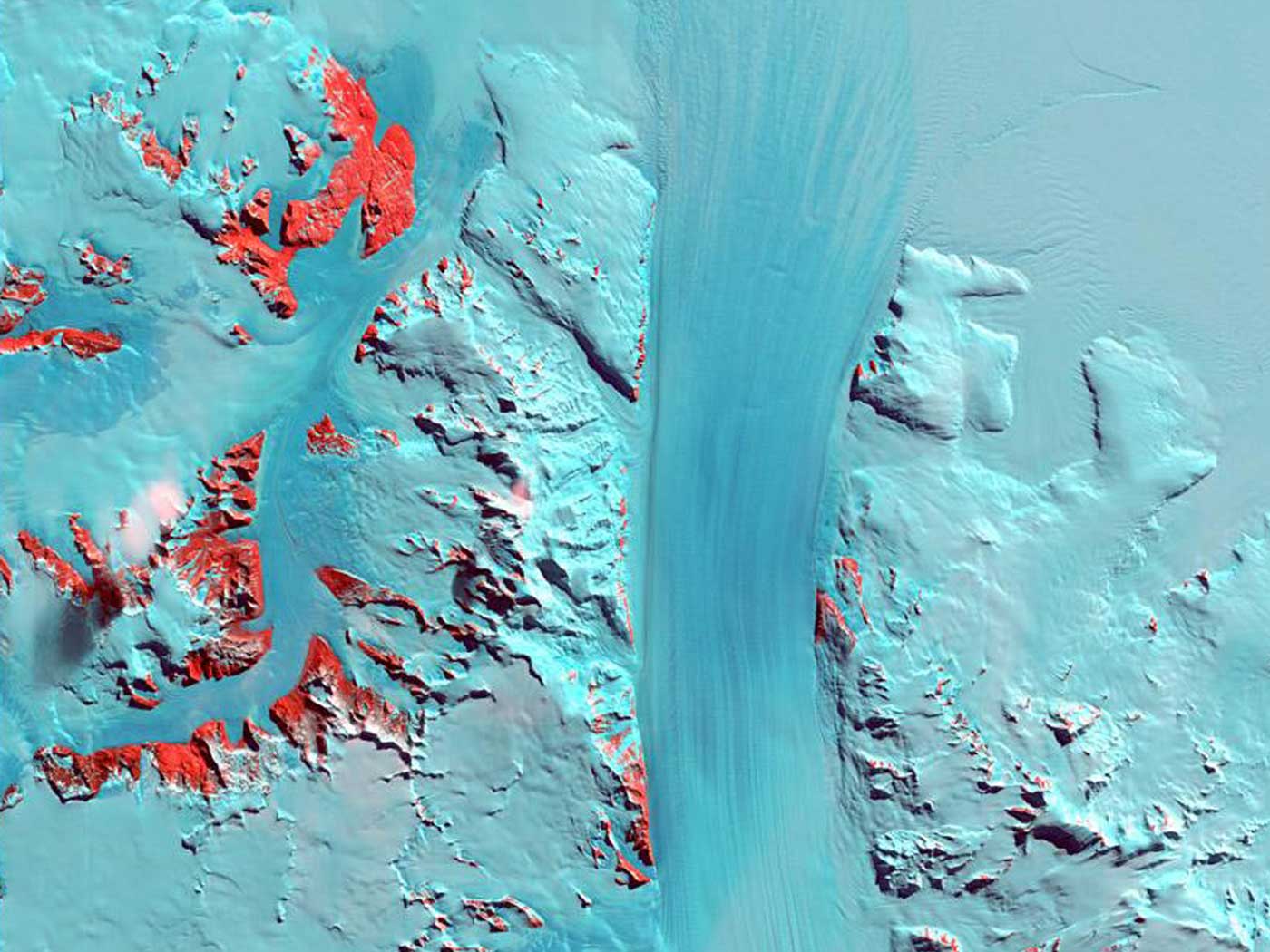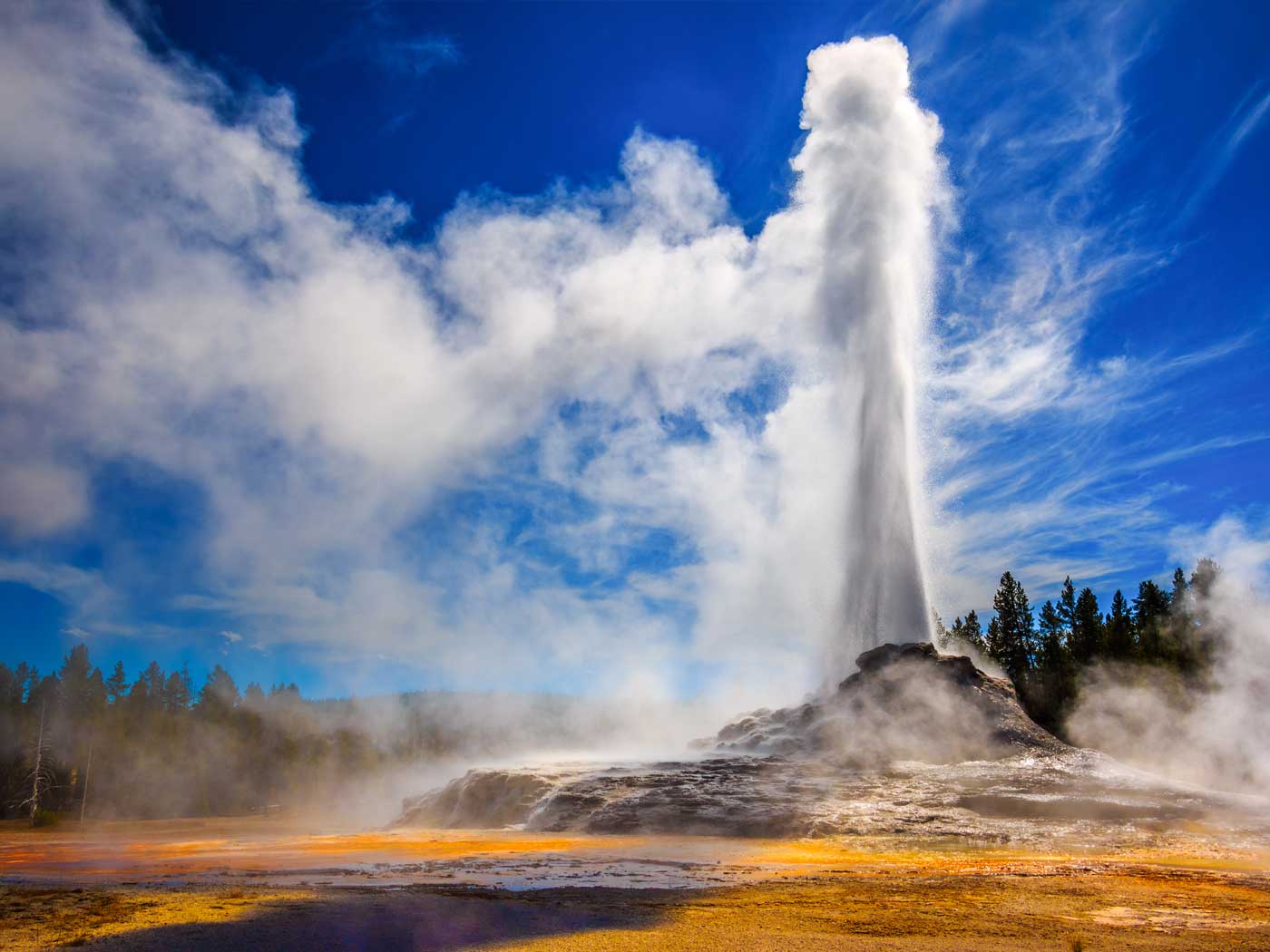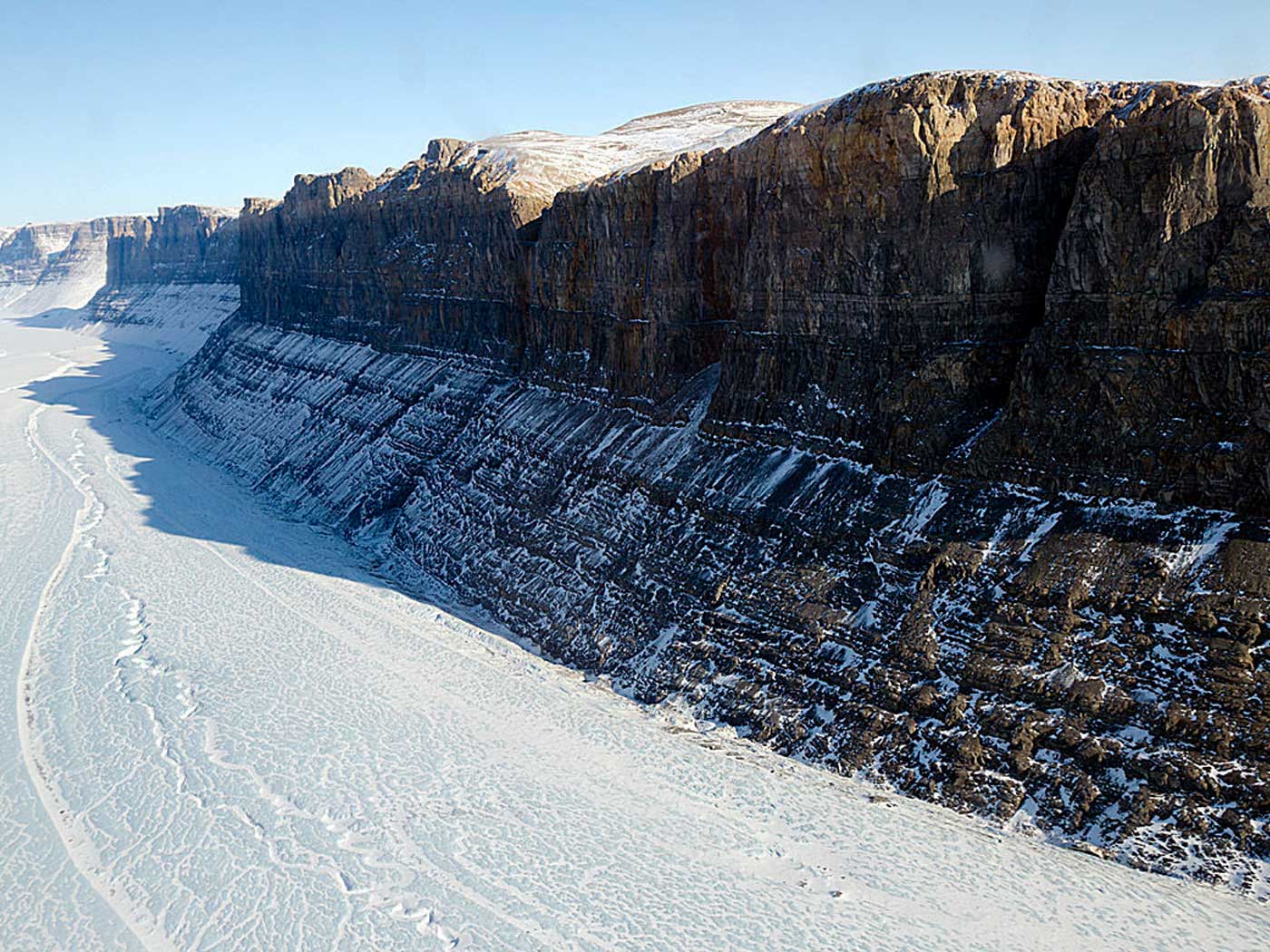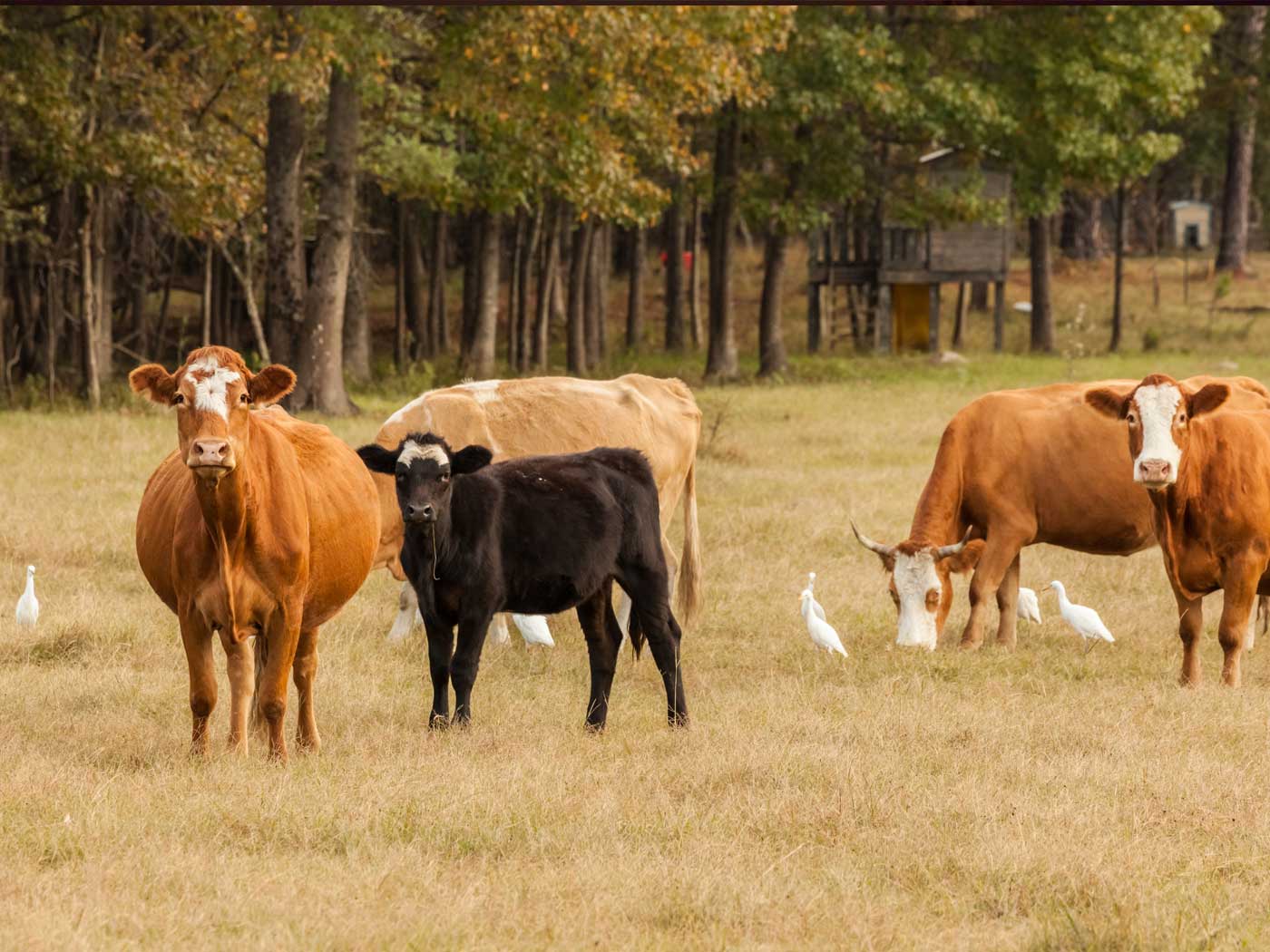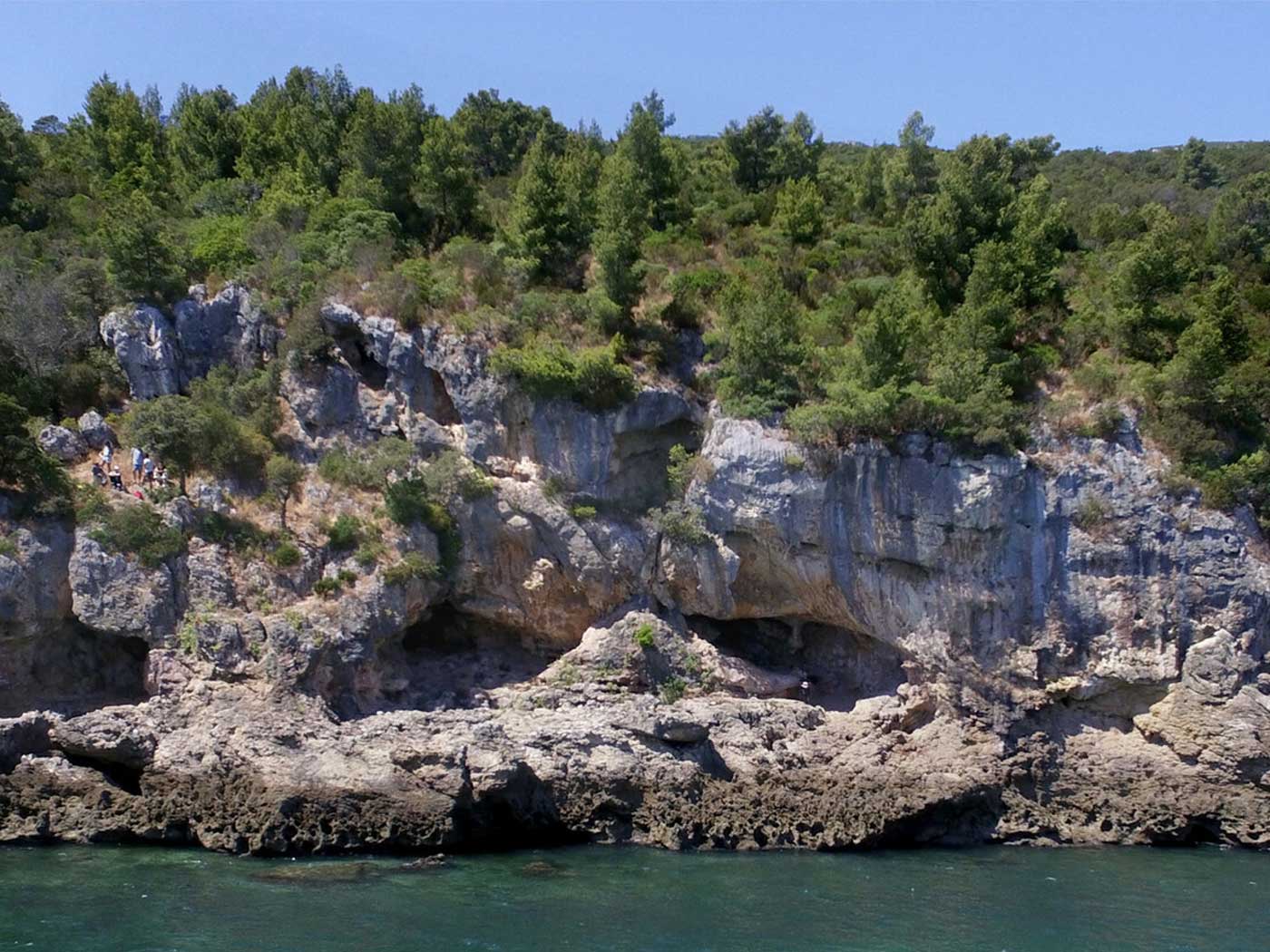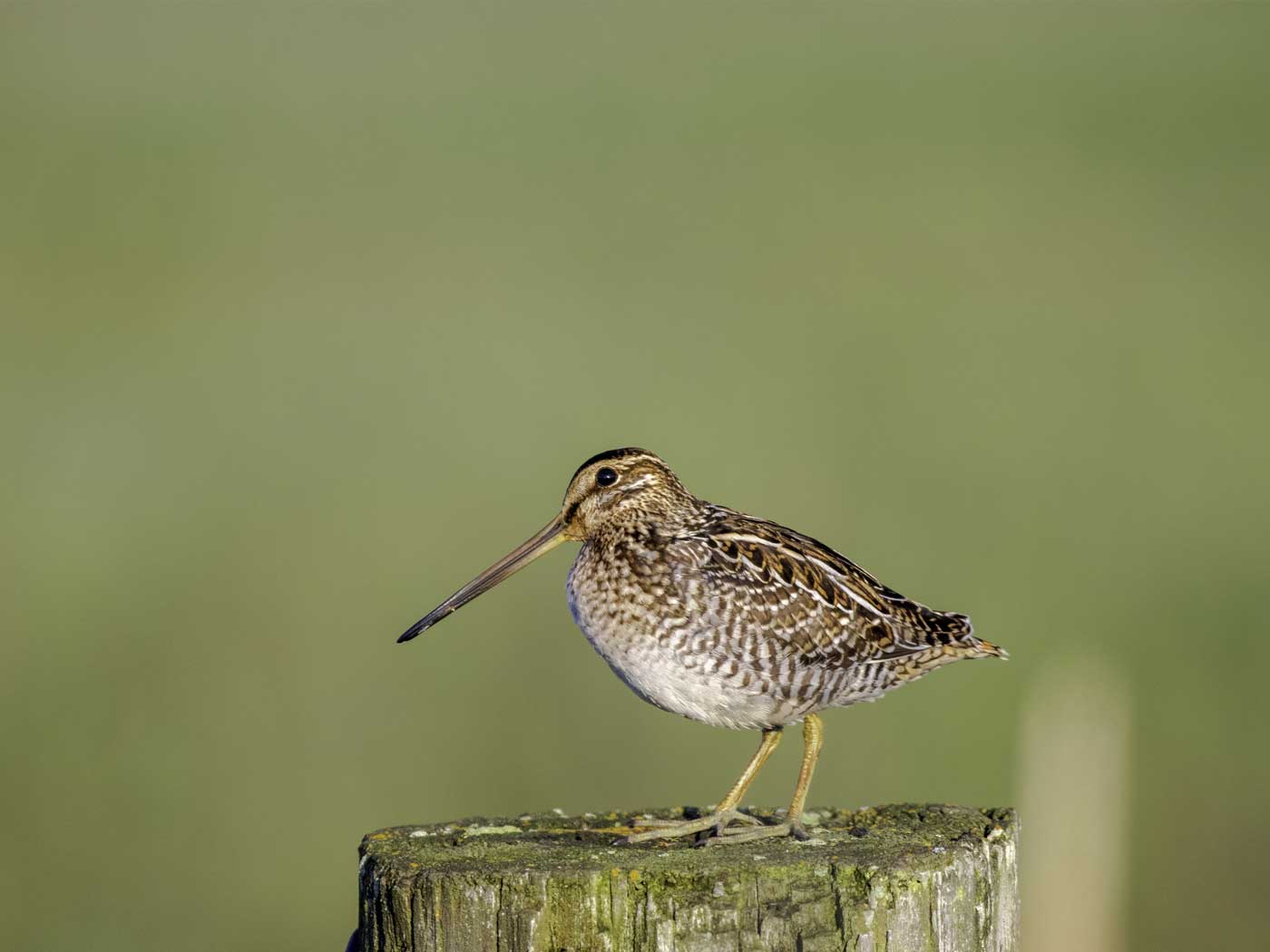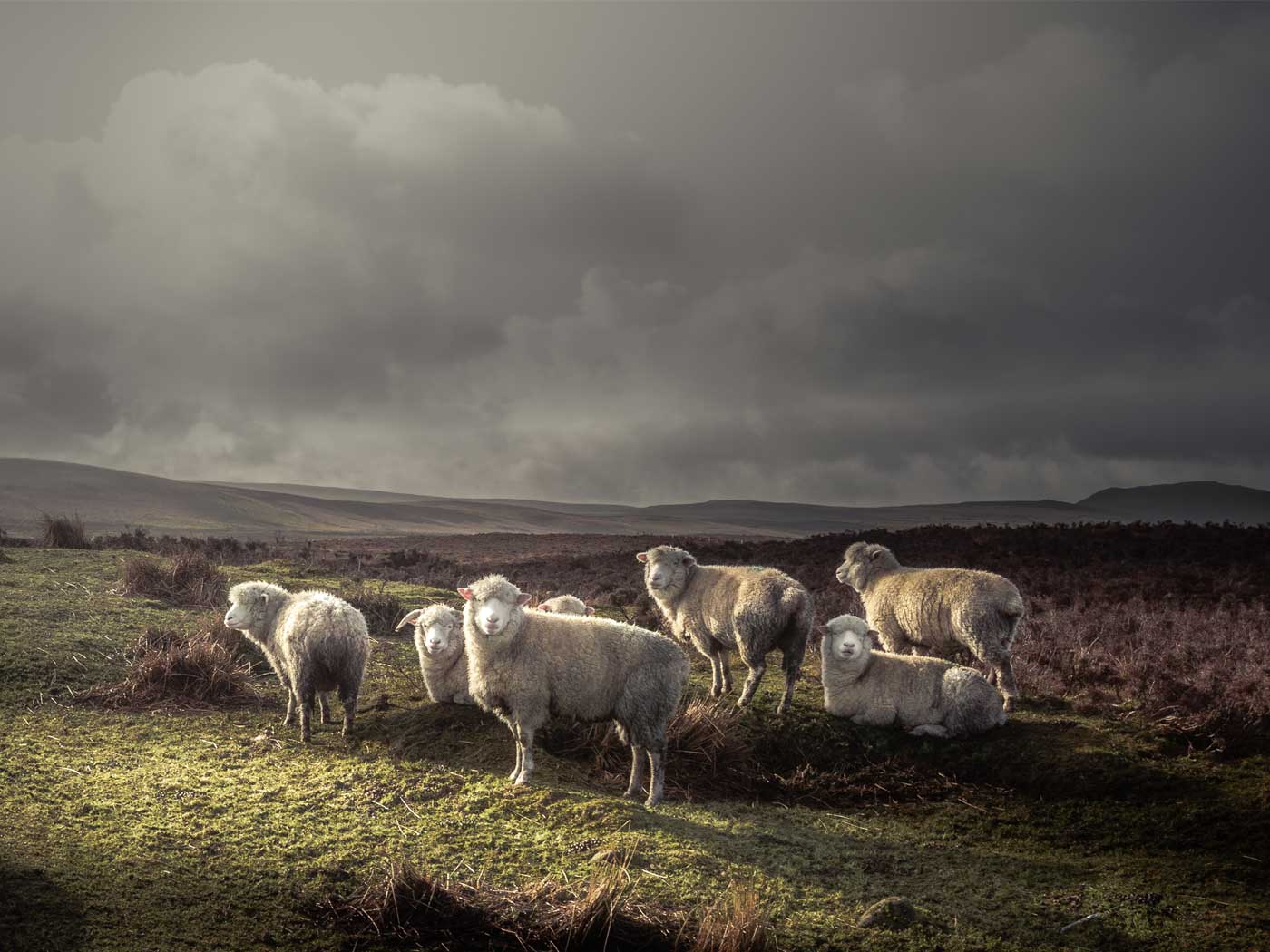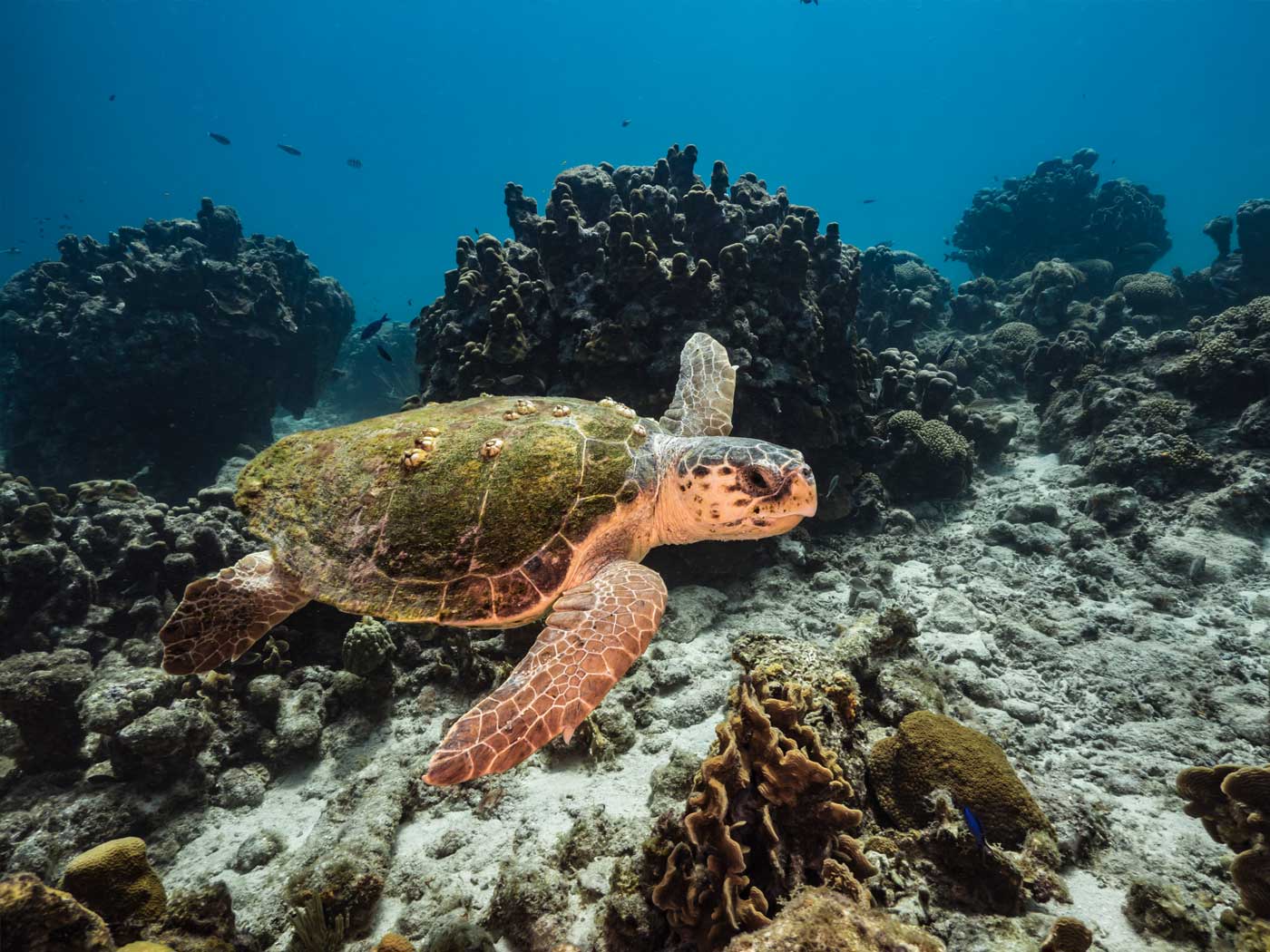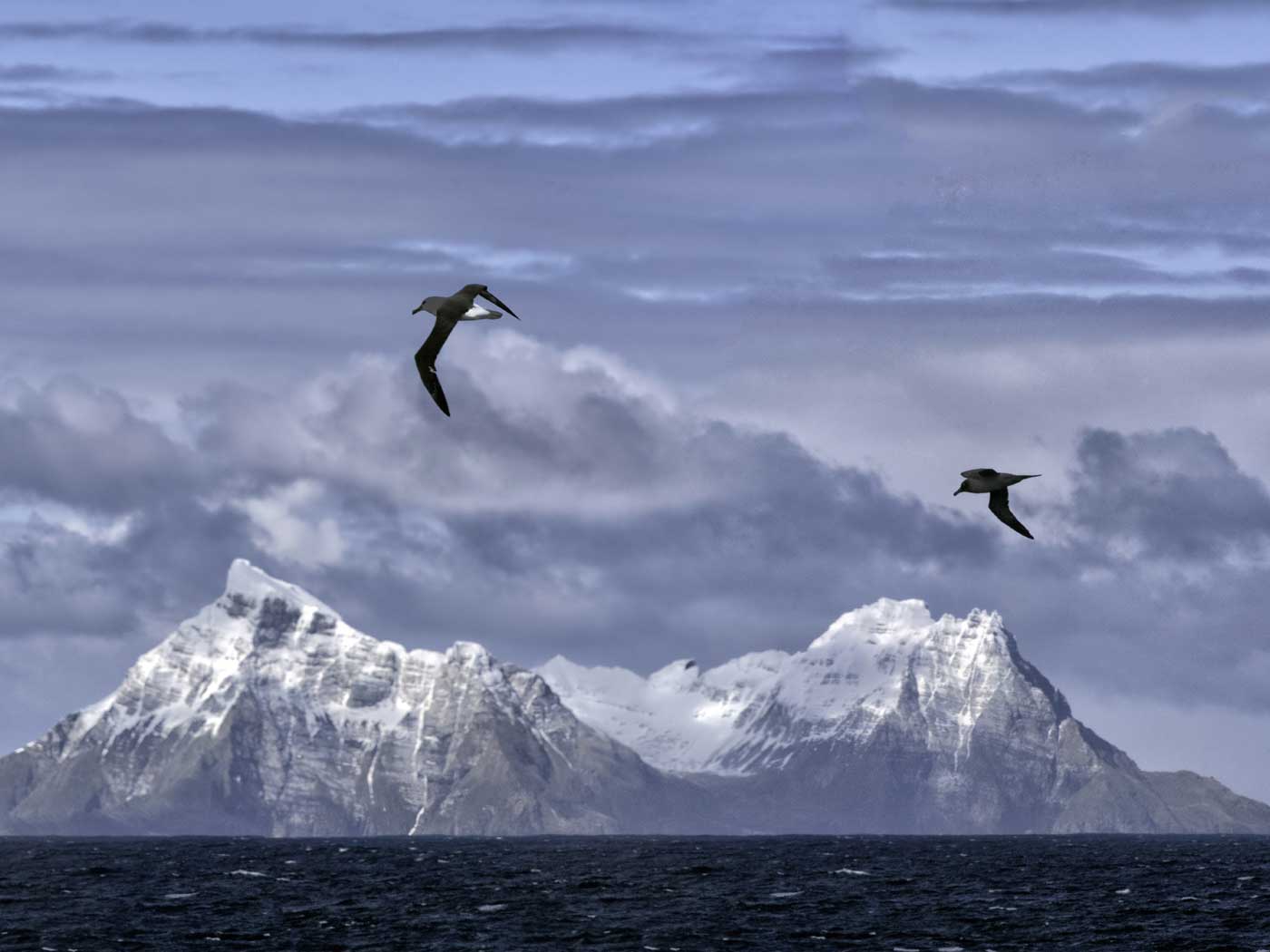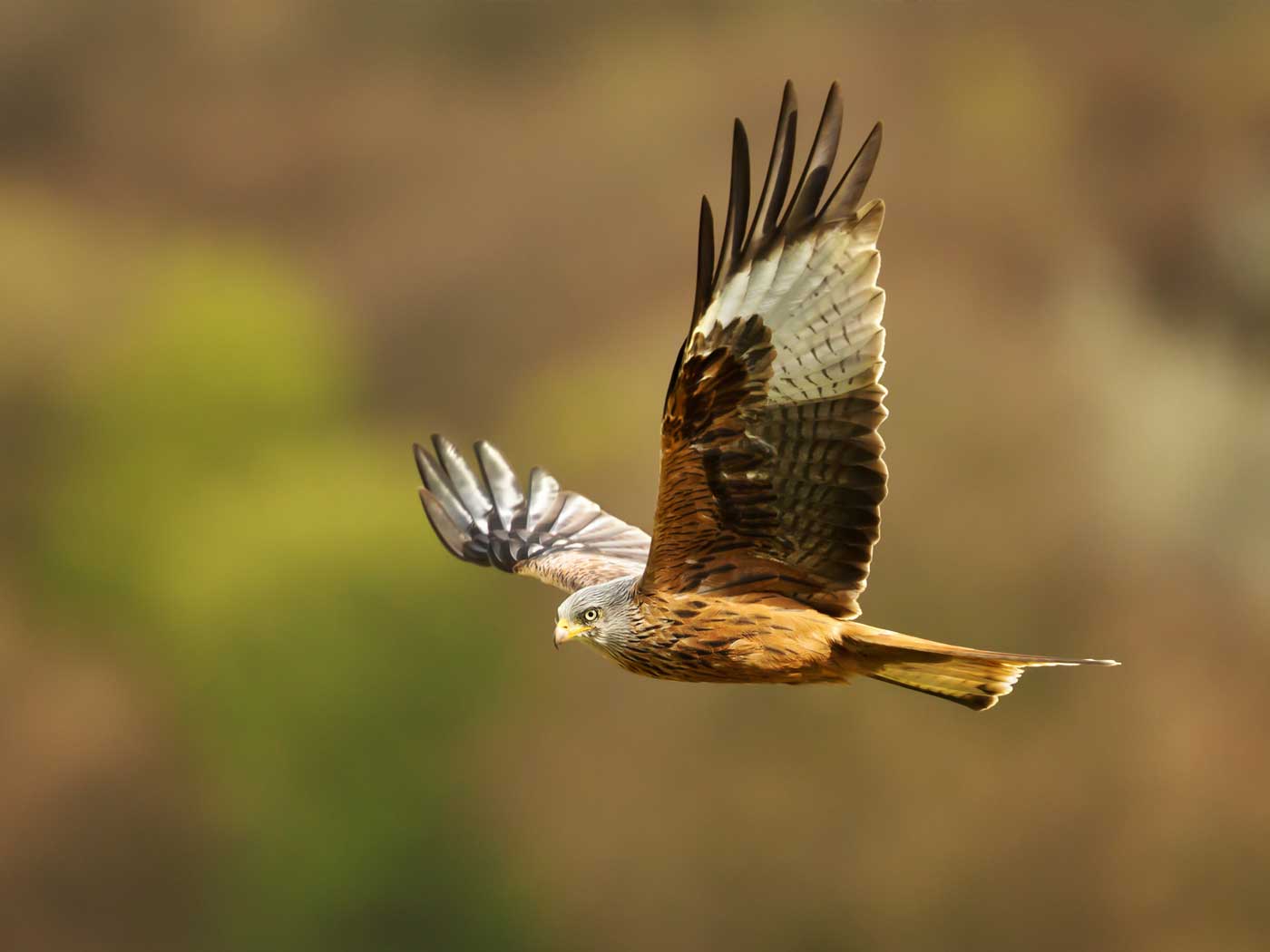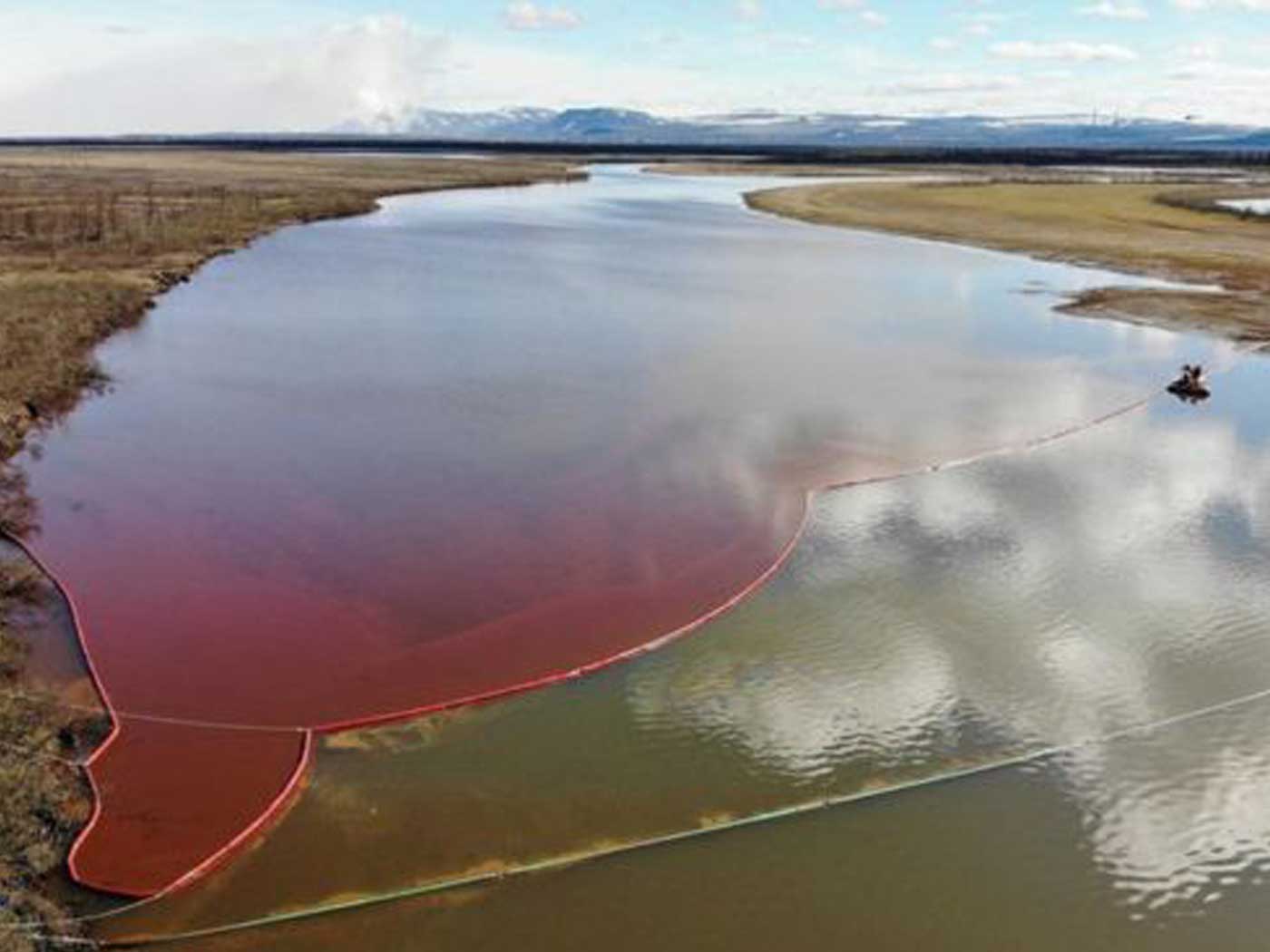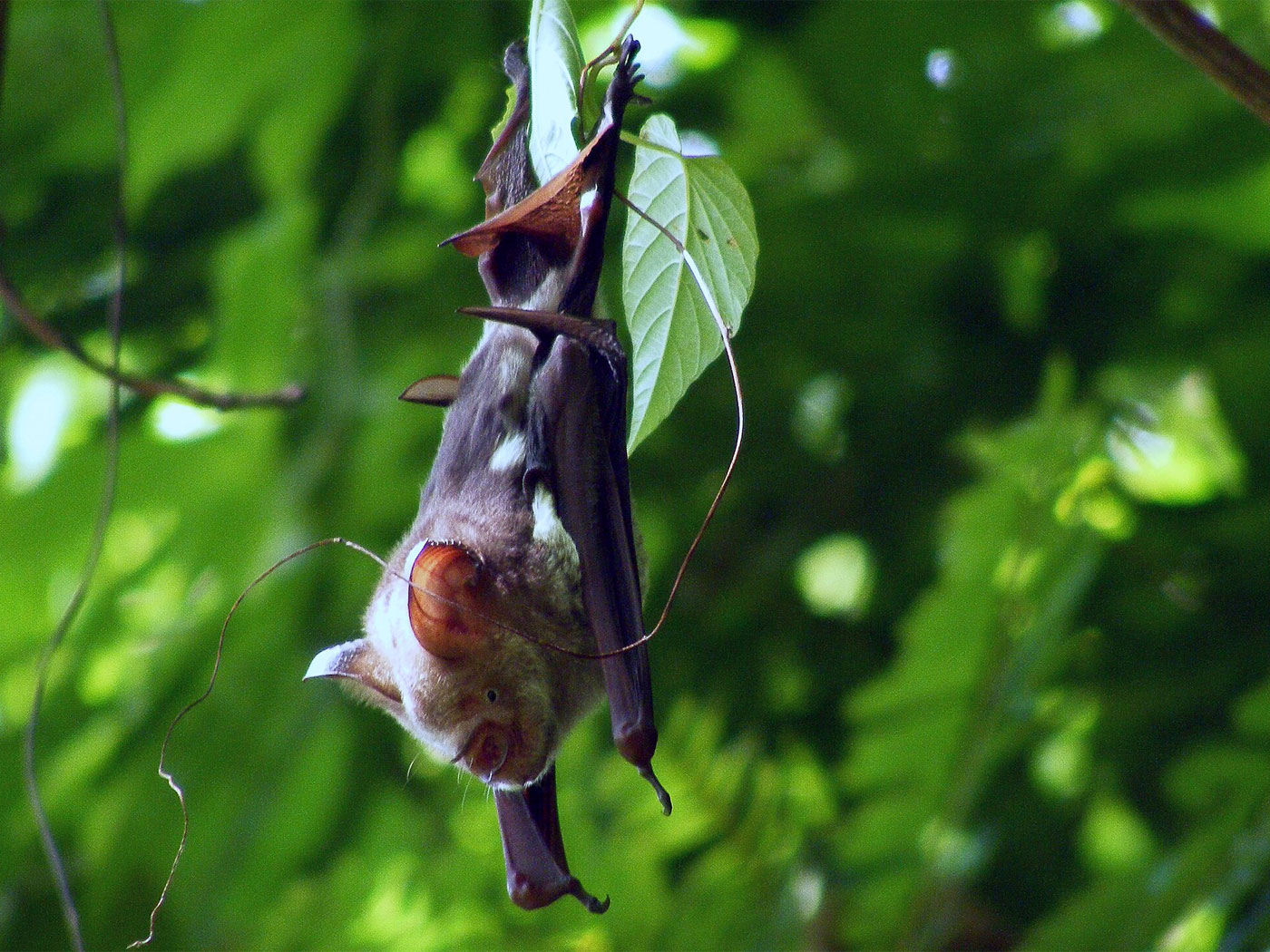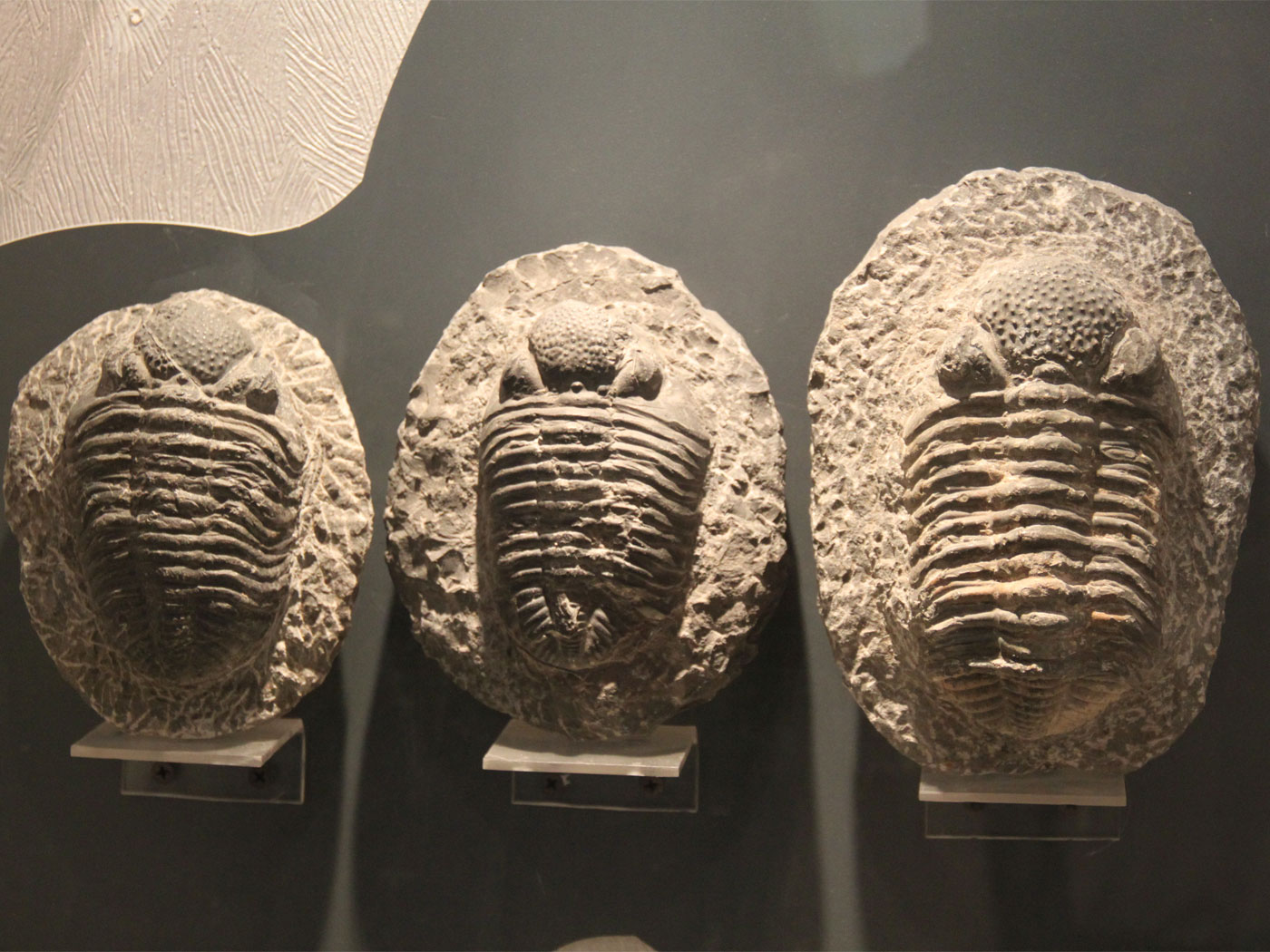Of course, Bible-believing creationists are well aware of the recreational advantages and potential blessings that a doxologically oriented nature hike can facilitate. The great outdoors exhibits God’s handiwork everywhere you look.
For the Bible-believing Christian who appreciates God’s role as our Creator, hiking nature trails with family, friends, or alone (and perhaps combined with birdwatching) is valuable, but not just for recreational uses. Appreciating natural exhibits (such as trees, wildflowers, rocks, deer, birds, squirrels, rabbits, streams, etc.) of God’s wondrously artistic creativity is itself a worthwhile reason for hiking. God made the birds and the bees, the flowers and the trees, the sunlight and the breeze. … Just hiking through nature can be meaningful enough to remind us that the beautiful scenery and the providentially cared-for biodiversity is all compliments of the greatest Artist of all, the Lord Jesus Christ.3
A nature walk is a wonderful family activity, especially when our young ones are in early to middle childhood. Children in the magical age group from about three-and-a-half to eight years old are curious about everything, ask endless questions, learn by playing, and are natural explorers. … These walks provide a perfect opportunity to see examples of the Lord Jesus’ super-intelligence. If you look carefully at the many characteristics of creatures you may come across, the walks can also highlight how the Lord wisely arrived at the best solution to many competing needs. For instance, the next time you find a feather on the ground, your young scientists can hold it as you guide them to recognize how lightweight, flexible, and strong it is. There is no better time to administer some mental preventive medicine to your child against the foolish evolutionary teachings they will inevitably be exposed to.4
A nature walk is a wonderful family activity, especially when our young ones are in early to middle childhood. Children in the magical age group from about three-and-a-half to eight years old are curious about everything, ask endless questions, learn by playing, and are natural explorers. … These walks provide a perfect opportunity to see examples of the Lord Jesus’ super-intelligence. If you look carefully at the many characteristics of creatures you may come across, the walks can also highlight how the Lord wisely arrived at the best solution to many competing needs. For instance, the next time you find a feather on the ground, your young scientists can hold it as you guide them to recognize how lightweight, flexible, and strong it is. There is no better time to administer some mental preventive medicine to your child against the foolish evolutionary teachings they will inevitably be exposed to.4
For many families, nature hikes are a multi-generational tradition—whether through a national park, national forest, or part of the Appalachian Trail.3 Accordingly, many families can benefit if America’s parks and forests and trails are preserved, conserved, and improved.
The Great American Outdoors Act, as a bill, was advertised as providing funding for improving hiking trails in Colorado national parks, such as Rocky Mountain National Park (near Estes Park) and Great Sand Dunes National Park (by the Sangre de Cristo Mountain Range, near Horn Creek Ranch).5
Outdoor recreation business leaders sent the Senate a letter urging them to pass the Great American Outdoors Act to help the industry recover from coronavirus. A portion of the letter reads, “These outdoor businesses are the backbone of our industry and range from specialty retailers, apparel, gear and vehicle manufacturers, outfitters and guides to campground and marina operators. They are often foundational to a community’s economy. With rising unemployment and Americans eager to experience the outdoors, investment in our industry’s core infrastructure—public lands and waters – will allow our businesses to get back to what we do best: stimulate local economies, put people back to work, and allow Americans to benefit from time spent outside.” The funding will also be used to help complete a maintenance backlog that includes facility improvements to docks, restrooms, campgrounds and trails.5
This new bill also secures the stability of the Land and Water Conservation Fund, which has previously experienced the usual uncertainties of congressionally under-funded programs.
What is the Land and Water Conservation Fund? LWCF uses royalties from … offshore oil and gas drilling … [for] funding federal, state and local efforts to protect our environment. These projects include everything from purchasing land for conservation to maintaining local hiking trails and campgrounds, and LWCF has funded at least one project in almost every county of every state across the country. … Throughout its history, less than half of the money allocated into the fund has been appropriated by Congress—a $22 billion shortfall. It has also long been the responsibility of Congress to periodically reauthorize LWCF’s existence. But, when it failed to do so in September 2018, LWCF was set to expire.6
Likewise, in other states of the Great West, like Montana (which contains Glacier National Park and is part of the Greater Yellowstone Ecosystem), this is a welcome reinvigoration for preserving and improving America’s national parks and other public lands.
Many in Montana reacted with relief and happiness after waiting a month since the companion bill passed easily in the Senate. The House bill was expected to pass, but the Senate’s amendments had to be incorporated first to avoid further Congressional back-and-forth. That took place Wednesday [July 22, 2020] morning. The Land and Water Conservation Fund portion of the bill means that Congress can’t shunt portions of the $900 million annual payment from offshore oil royalties into other programs. Now, groups like the Five Valleys Land Trust or the Rocky Mountain Elk Foundation have one more funding tool when they’re trying to help property owners who want their land to go into the public trust.1
Montana’s Republican Senator Steve Daines is quick to take credit for getting President Trump’s favorable disposition toward the new conservation-funding statute, which secures petroleum-income-based funding for postponed public land improvements.
“The good news is I secured an agreement from President Trump a few months ago to sign this bill once it’s on his desk. This is a great day for Montana. This is a great day for America,” Daines said in a statement. Kayje Booke, Montana Wilderness Association Policy and Advocacy director, praised Montana’s united delegation. “Montana families, communities, and businesses depend on public lands, and it’s essential that our elected officials act in their best interests. Passing GAOA and fully funding LWCF is an important step in ensuring that future generations will be able to enjoy the same public lands and access that we do today, and we’re pleased that Montana’s entire congressional delegation voted in favor of the bill,” Booke said.1
Some suggest that the vital importance of securing permanent funding for public legacy lands management is under-appreciated.
While many Congressmen and women touted the bipartisan bill as the “greatest conservation effort of this generation,” the opposition was also bipartisan as demonstrated by the early debate on the House Floor prior to the vote.1
And for one Congresswoman, Michigan’s Representative Debbie Dingell (D), this achievement was personal. She is the widow of John D. Dingell Jr., famous for co-sponsoring the “Dingell-Johnson Act” (Sport Fish Restoration Act of 1950), as well as many other conservation-promoting federal statues during his 59 years of service in Congress.
One of the more poignant moments came when Rep. Debbie Dingle [sic—the proper spelling is Dingell], D-Mich., rose in support of the bill. Dingle’s [sic] late husband, John Dingle [sic—his name is John Dingell], was a sportsman and conservation champion who helped pass the Land and Water Conservation Fund in 1964 [as well as the Clean Water Act, Clean Air Act, Endangered Species Act, Dingell-Johnson Act, etc.] … After Congress [in 2019] passed last year’s Conservation, Management and Recreation Act, which made the LWCF permanent, among other things, they named it after him. “This is an emotional moment for me,” Dingle [sic] said. “The permanent full funding in this legislation is the culmination of decades of work by the conservation community and my late husband….”1
Of course, the Great American Outdoors Act was not endorsed by everyone. Utah’s Representative Rob Bishop (R) nicknamed the bill the “Not So Great American Outdoors Act,” faulting it for “allow[ing] the federal government to decide where the LWCF [Land & Water Conservation Fund] money goes, rather than putting it under local control.”1
Meanwhile—as of August 4, 2020—things are looking up for a reinvigorated improvement in America’s public lands—including national parks, national forests, national monuments, wildlife refuges, and reclamation lands. They are managed by the National Park Service, National Forest Service, Bureau of Land Management, and Bureau of Indian Education.1,2
As opportunities become available in our “reopened” nation, look forward to (and undertake) hiking adventures, with family and friends, in the valuable legacy of public lands that our country has as part of its special heritage. And for those with eyes to see, look for God’s glory in display, every step along the trail.3,4
Sing, O heavens, for the LORD has done it! Shout, you lower parts of the earth; Break forth into singing, you mountains, O forest, and every tree in it!7
References
1. Lundquist, L. 2020. U.S. House Passes Great American Outdoors Act; Trump Prepared to Sign. Missoula Current. Posted on missoulacurrent.com July 22, 2020, accessed July 27, 2020.
2. U.S. Senate Amendment to H.R. 1957.
3. Johnson, J. J. S. 2020. Sweden’s Fun in the Sun, Nature Hiking. Creation Science Update. Posted on ICR.org June 5, 2020, accessed July 27, 2020.
4. Guliuzza, R. J. 2018. Nature Walks for Young Scientists. Acts & Facts. 47(12): 17-19.
5. Staff writer. 2020. Great American Outdoors Act Could Help Improve Trails in Colorado. CBS Denver. Posted on denver.com June 10, 2020, accessed July 27, 2020.
6. Staff writer. The Great American Outdoors Act. Environment Colorado. Posted on environmentalcolorado.org, accessed July 23, 2020.
7. Isaiah 44:23a.
*Dr. Johnson is Associate Professor of Apologetics and Chief Academic Officer at the Institute for Creation Research.




